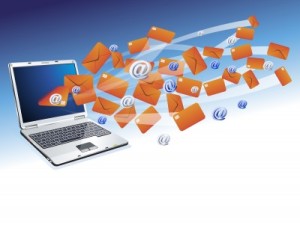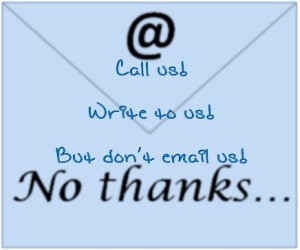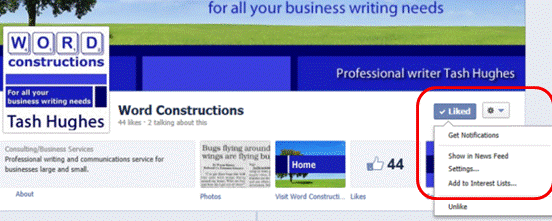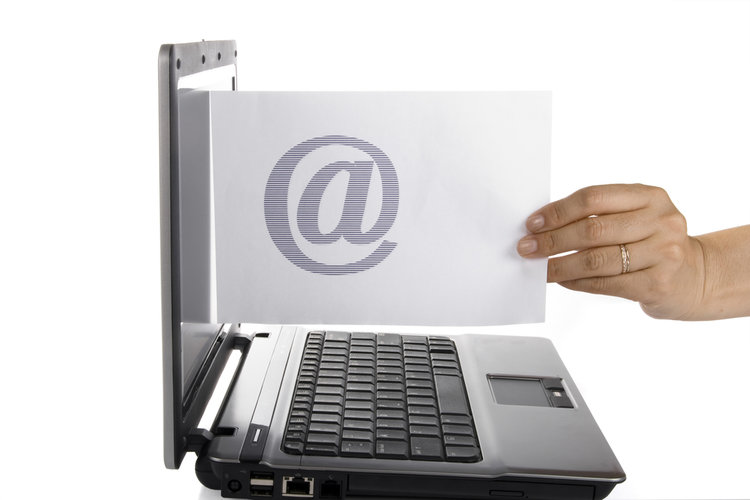Help others help you
I do a bit of guest blogging, and I believe it is a mutually rewarding experience if done well. I certainly don’t think the host blogger is doing it all for the sake of guest bloggers as they also benefit from the arrangement.
Maybe the host blogger likes updating the blog without writing much themselves, maybe they like the traffic guest bloggers can bring or maybe they are basing their blog on a team effort to give a broader picture. Whatever the motivation, the host blogger benefits.
Accept posts graciously
 I think it is plain good manners and a strategic decision to be nice to people who offer posts upon request.
I think it is plain good manners and a strategic decision to be nice to people who offer posts upon request.
Recently, I saw a blog request blog posts through BloggerLinkUp. I looked at the site and the topics covered, decided it was a good fit for me and emailed the blog with a post idea.
The response received left a sour taste in my mouth and I didn’t bother writing a blog post for him. The issues with the email:
- he didn’t bother using my name or a greeting of any description
- he told me to read his ‘write for us’ page to see the requirements – he didn’t link to it or tell me how to find that page. At a quick look in his site menu and footer, I can’t see any related links so I left the site. It would had been easy to give me a link. It would have been easier to include such a link and requirement in the original request for blog posts
- he didn’t use his name to finish the email – it made it all very impersonal and showed no attempt on his part to build a relationship. I no longer felt comfortable with him or his site, and certainly didn’t feel it was somewhere I wanted to regularly contribute posts to
- this one is perhaps more personal, but I didn’t like his comment “I would publish your post if it meets the standard of this blog”. I felt he assumed I wasn’t up to the standard rather than assuming I am (sort of ‘capable until proven incapable’ is my usual approach). He didn’t acknowledge the topic I had suggested – who knows if that even met his unstated standards?
So if you want people to provide guest posts for your blog, or articles for your website or newsletter, try to build a relationship with those who offer you their writing – or at least send them a nice email response.
What sort of responses have you received from sending out or offering to write guest blog posts?










 A picture says a thousand words.
A picture says a thousand words.
Recent Comments